When you’re planning a trip with your pets there is a lot to prepare for in advance. The trip may be traumatizing for your animals if not prepared correctly. A successful flight with a pet requires a lot of preparation to make the experience as enjoyable as possible.

In this guide, I’ll review how to keep you and your pet calm during travel. These tips will help you prepare yourself properly for the journey and make you enjoy every phase of your trip. Make sure that you read all the pet policies of the airline that you are going to travel on and also the international pet travel restrictions at your final destination to enjoy the stress-free trip. Traveling with an ESA? Make sure you check out this guide.
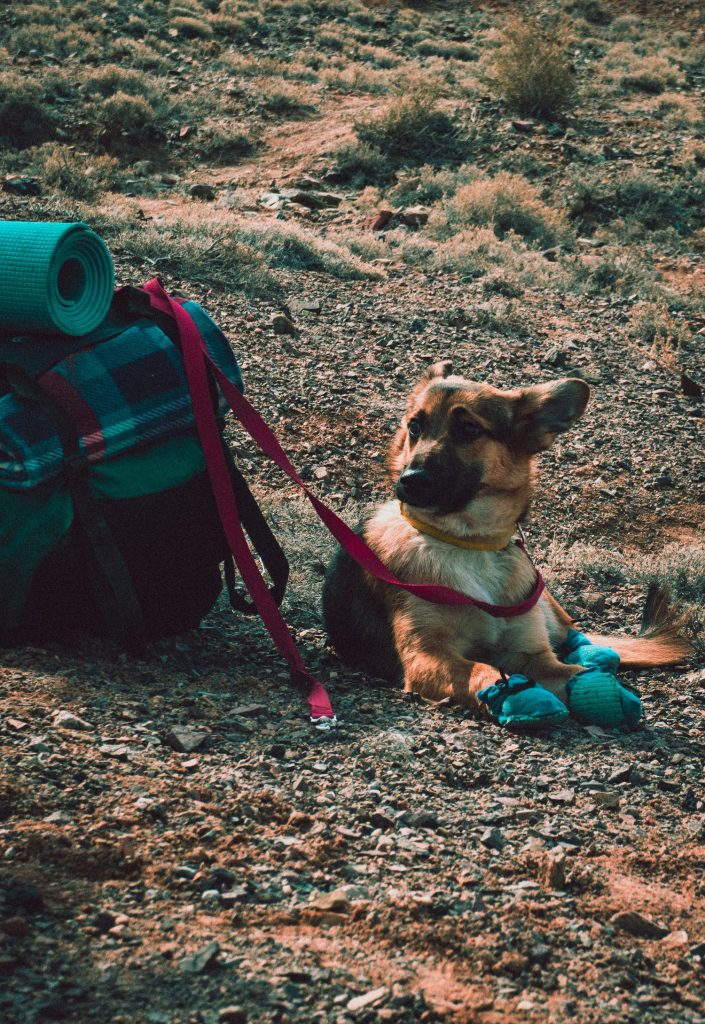
Planning to book your next flight? Consider using Faremart.com, a user-friendly booking platform that serves travelers with its satisfactory services, making air travel a memorable experience. Faremart is a popular online travel agency which aims to offer a great travel experiences with access to more than 450+ airlines. Now, let’s have a look at the points to be noted while flying with pets.
1. LOOK AT THE AIRLINES REGULATIONS
The first thing you need to do is book your ticket. But, before booking your ticket, you should go through all the Airlines pet policies and choose which one you prefer as per the comfort and other amenities: consider all these and then confirm your ticket.
Airlines allow only one or two pets on their flight, so it’s essential to book your pet’s ticket as soon as possible. It is recommended to visit the airline’s official website to get in-depth knowledge on the rules and regulations they follow and process.
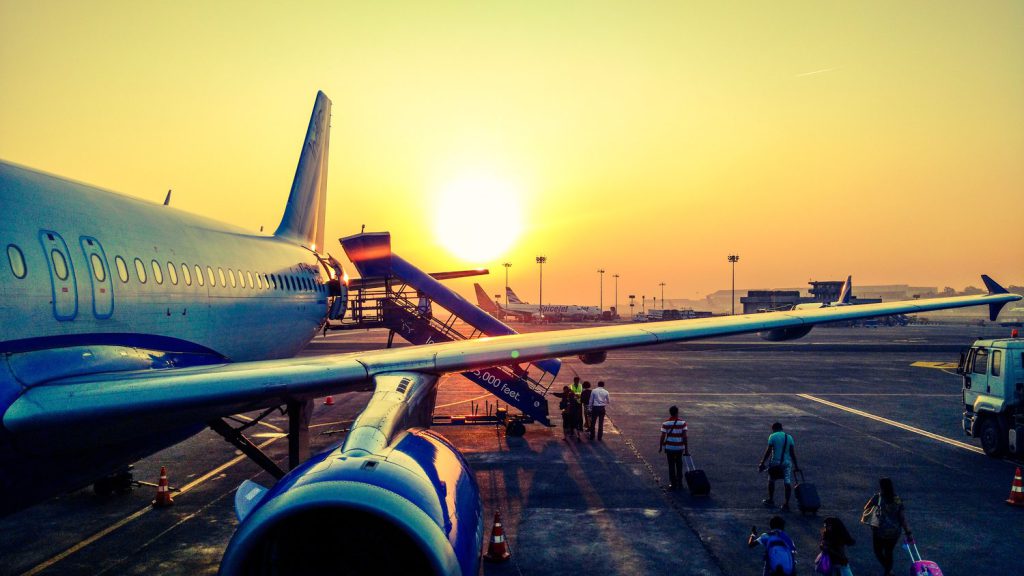
For example, if you are traveling by Air Canada then you must carefully read the Air Canada pet policy so that you are well prepared to carry your beloved companions along easily and without trouble.
If you are traveling with the small pet, then it’s essential to follow all the guidelines mentioned for small pets and make sure that your pet should not move in the airplane cabin as it may hamper the other flyers too.
It is essential to determine the dimensions underneath the seat as this factor helps to dictate the size needed of the transport carrier where you will place your furry pet(s).
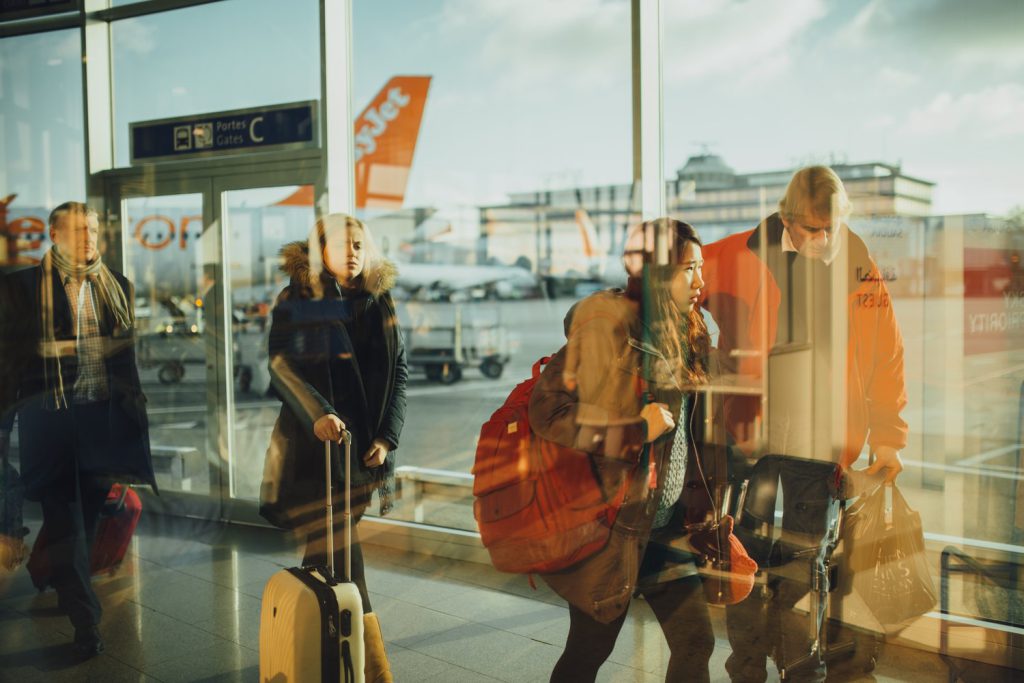
This is a crucial task and once you are aware of all the guidelines, then prepare the paperwork that is needed for travel, including vaccination records and a health certificate of your pet.
2. FLY DIRECT TO AVOID A STRESSFUL JOURNEY
It’s always better to choose a non-stop, direct flight whenever possible to avoid a hassle-free journey, especially when you are traveling with your pets. It’s also recommendable to fly on weekdays when airports are generally less hectic.
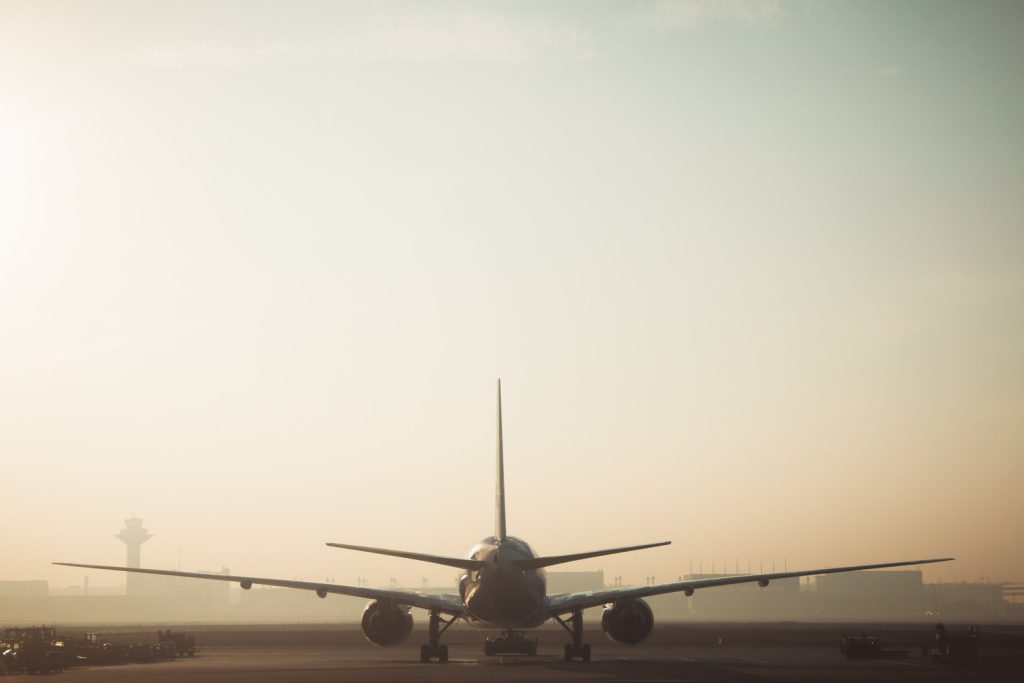
We all know that the weather and temperature plays an important role when you are flying with pets. So always try to fly in soothing weather like morning or evening during summer, and midday during winters to avoid extreme temperatures when your pet is traveling in the cargo.
3. VISIT THE VETERINARIAN BEFORE TRAVELING
Before traveling with your pet, you must make an appointment with your pet’s veterinarian for a casual check-up to make sure that your pet is healthy and able to fly with you. Also, make sure that all vaccinations are up to date and get your pet’s health certificate from your veterinarian.

For traveling outside the country, you need to be careful of your pet’s health and knowledgeable on the necessary health care requirements they need. For this, you can contact the foreign office of your destination country.
4. BUY AN APPROPRIATE CARRIER FOR YOUR PET
To make your pet’s journey a comfortable one, you need to buy an appropriate carrier for them. In the airport, all kinds of carriers are available whether you have small pets or huge pets.
Two types of carriers are available in the airport; one is called the hard-sided, and another one is soft-sided. The soft-sided carriers are basically used for small pets. It’s easy to fit them under the seat as they are small also because of their size they are allowed to carry along in the cabin.
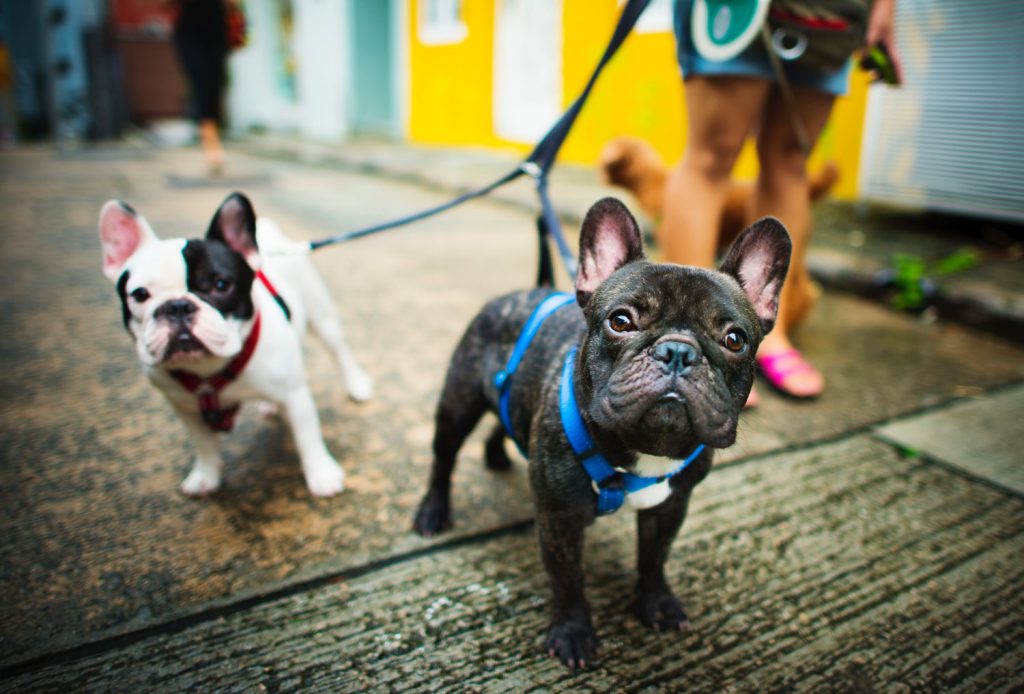
But, if your pet is huge in size and going to travel in the cargo, then it is advisable to purchase a hard-sided carrier with ventilation and spaces. Also, make sure that the carrier must be spacious so that the pet can stand, turn, and lie down comfortably inside it.
5. PET IDENTIFICATION NEEDED
Whenever you purchase the carrier for your pet, write your pet’s name on it and also include identification tags with your house address and phone number as it’s your foremost responsibility to do all the identity checks from your end.
Also, mention the address and phone number of the location you are traveling too. Pet Identification (Pet ID) is an essential thing that you could do to keep your pet safe.
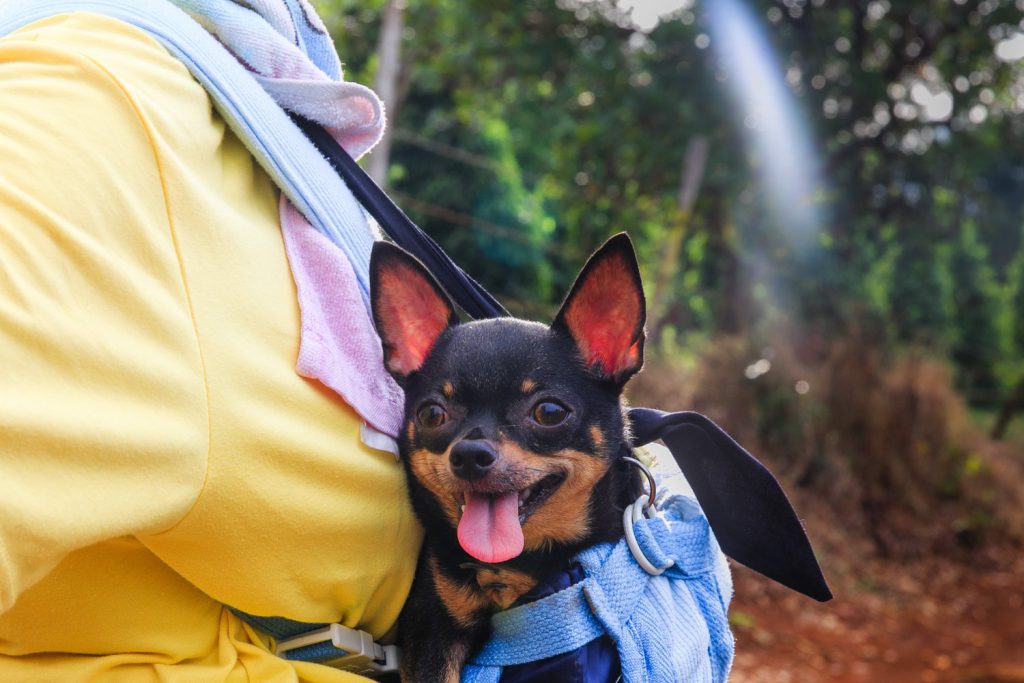
Additionally, you can even carry a current picture of your pet so that if you find your pet missing during the trip, then that picture would help you find them.
6. SECURITY CHECKPOINTS AT THE AIRPORT
The security checkpoint is an essential phase for checking-in to your flight. You will need to put your pet’s carrier through the luggage screening device. However, make sure your pet must is not inside the carrier during the screening.
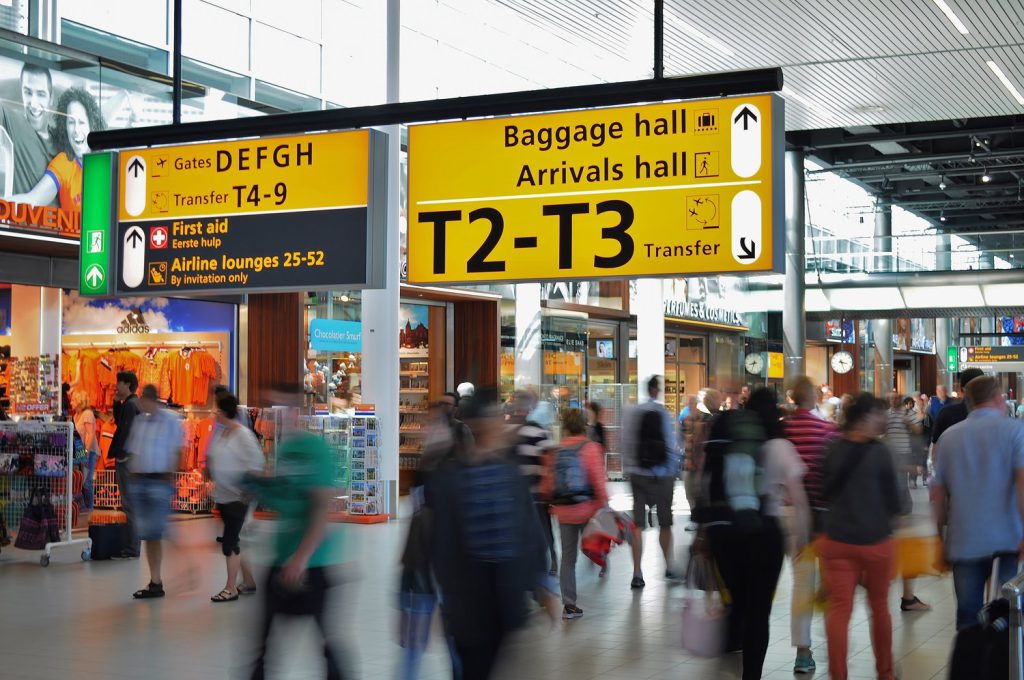
You can carry your pet through the person screening device instead.
7. FOOD PRECAUTIONS FOR PETS
We all know that we should not overeat while traveling as it can be uncomfortable on flights. The same thing apply to the animals.
You should feed them about three hours before the flight. However, you can give them water right up to the time of travel. Just be sure to empty their stomach before checking-in, so they do not have an accident during the flight.
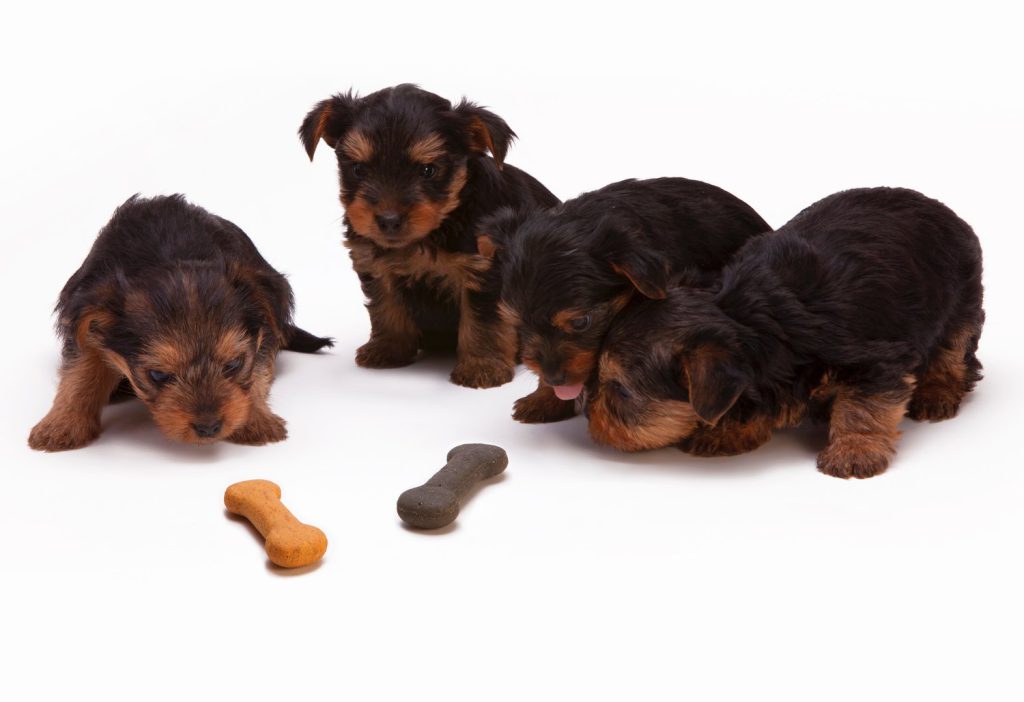
If you are worried your pet will be hungry mid-flight, then you can give their food to an airline attendee who will provide food and water to them if the flight is delayed.
8. ARRIVE & CHECK-INS ACCORDING TO THE AIRLINES GUIDELINES
When you’re traveling with a pet, it is best to arrive early at the airport in case you need extra time to check your pet in properly.
Most of the airlines allow you to check-in your pet(s) four hours before the flight, but some only allow two-hours so it is best to check. It depends upon the airlines’ guidelines.
Also, some important guidelines are mentioned specially for the passengers who are traveling with pets which include check-in at the counter; curbside and no self-service check-ins.
9. DON’T- TAKE A VALIUM
It is not recommended to take any tranquilizer medicines while flying, but if it’s urgent to take, then you can use them to relieve anxiety. However, never give it to your pet.
There are a lot of side effects of giving valium to pets, such as changes in behavior (after its intake, pets may behave aggressively or might feel uncomfortable), slow heart rate, problem in breathing, vomiting or diarrhea, etc.
It’s better to avoid these type of medicines to give to your pet, especially when you are traveling.
If the veterinarian decides that valium is necessary for the pet to fly, then you can give it to them. However, you must mention the drugs name and its dosage on the pet’s carrier.
10. YOU’VE ARRIVED!
When traveling to any location, always make sure that the hotel is animal-friendly and that they can take care of your pet if you’re not there. When you arrive at your destination, the first thing you should do is go for a walk with your pet to make them familiar with the place before you check-in.
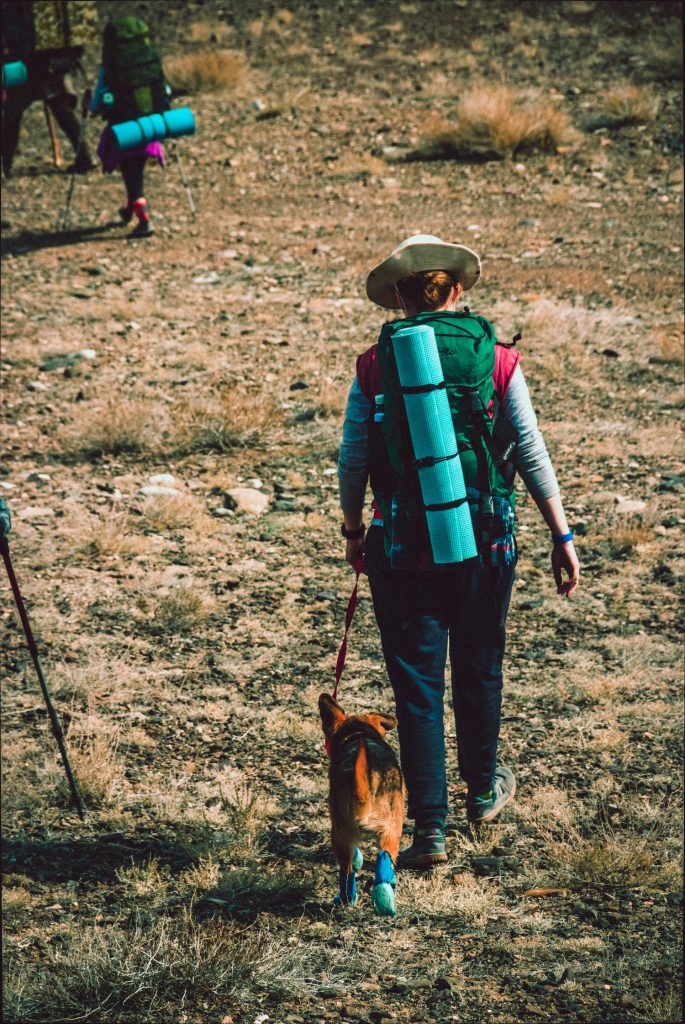
It is a great way to have your pets recognize the place and become comfortable with their new surroundings. That way your pet will be ready for whatever adventures are in store for them that week.
Happy Pet Travel!












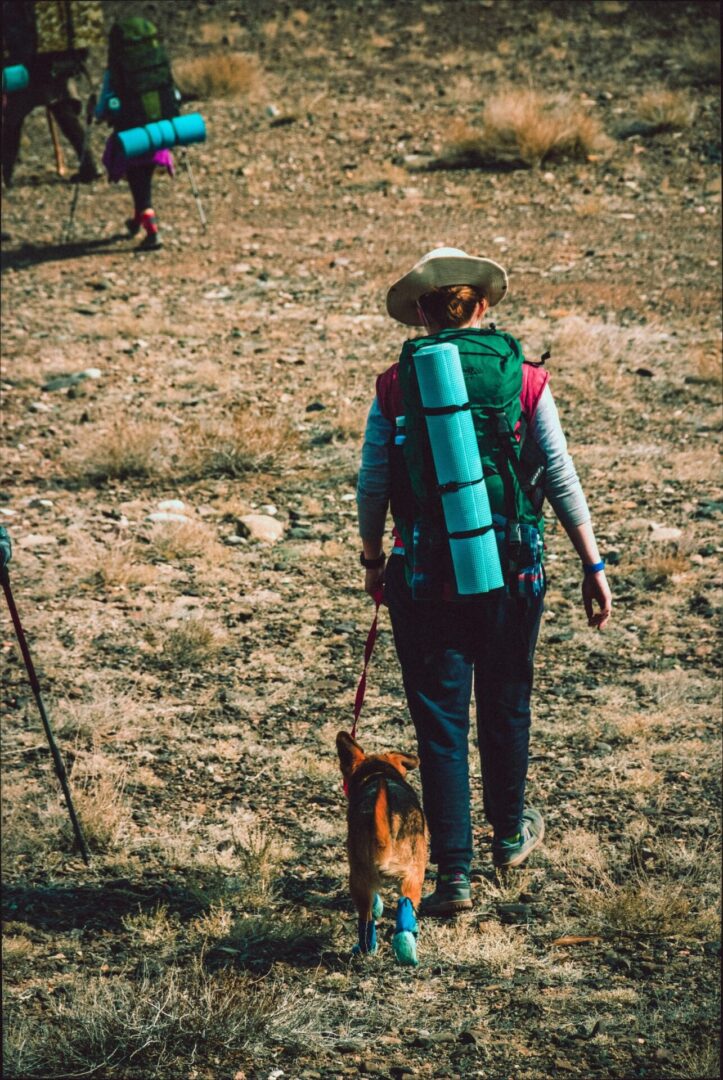

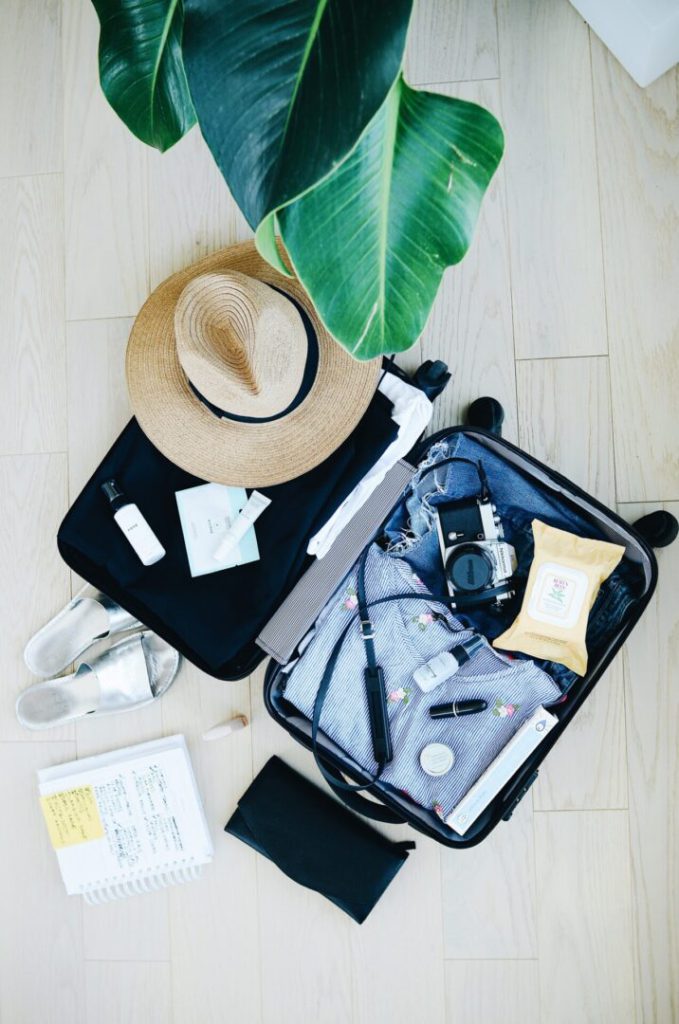


This site is protected by reCAPTCHA and the Google Privacy Policy and Terms of Service apply.